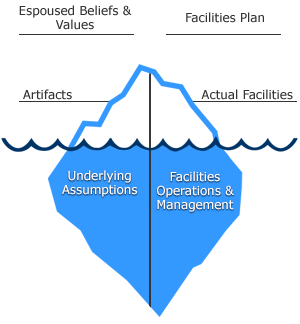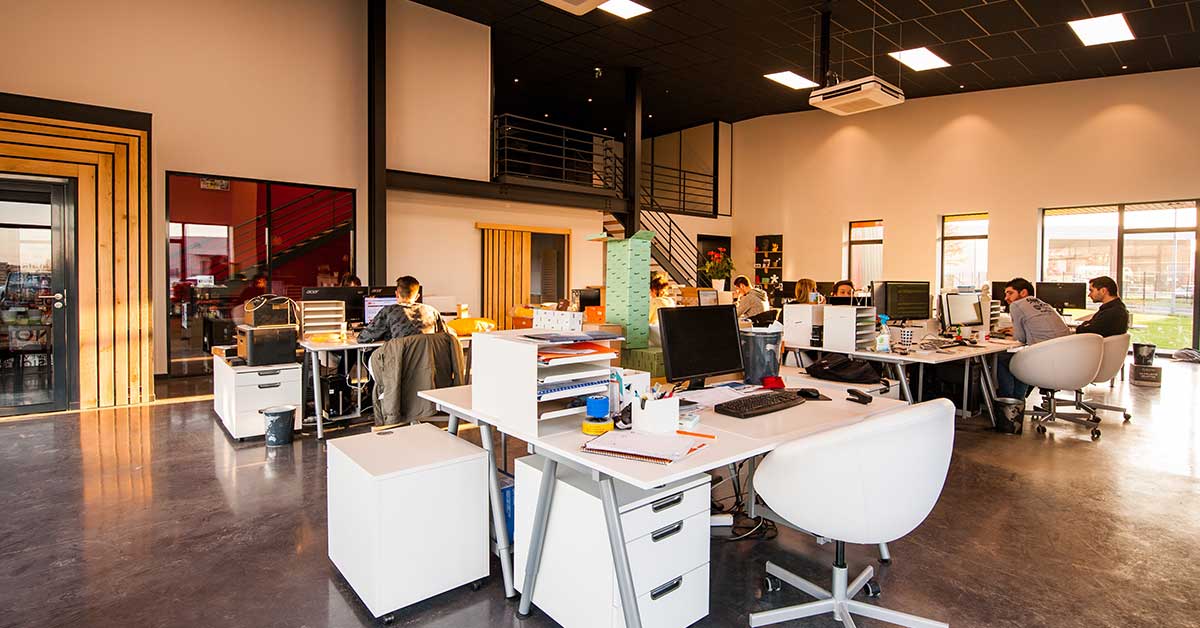Facility management has been changing over the past few years. Read on to see what’s new in facility management and also how greatly it can impact an organization.
New in Facility Management
In November 2017, the U.S. Bureau of Statistics, on behalf of the Office of Management and Budget (OMB) and the Standard Occupational Classification Policy Committee (SOCPC), issued the new 2018 Standard Occupational Classification (SOC) Guide. This guide strongly impacts facility management. The 2018 guide marked the first year that Facilities Managers were assigned a SOC Code (11-3013 — “Facilities Manager.”)1
For the Facilities community, the SOC code represents a huge leap forward. The new code gives institutions the drive to create educational programs in facility management, thus improving the facilities industry on many levels. On another front, the code helps professional organizations like the International Facilities Management Association (IFMA), Building Owners and Managers Association (BOMA), and many others attract new members and streamline educational and certification programs. This further helps facility managers improve their knowledge and performance.
Moreover, because of the change, numerous facility managers are forming concepts and theories regarding the management of facilities that are changing the way facilities are viewed and accelerating the awareness of the impact facility managers can have on an organization.
Facility Management & Organizational Culture
Here at AIS Insurance, we believe that blending management and leadership theories with facilities practices can directly improve our organizational culture, goals and mission. For example, Ed Schein, Professor of the Emeritus at the Massachusetts Institute of Technology (MIT) Sloan School of Management, says that there are three levels to organizational culture:

- Artifacts
- Espoused Beliefs & Values
- Basic Underlying Assumptions2
At the first level, Artifacts are the tangible areas people see and touch. Essentially, they are the way an organization is structured. Facility managers make the most significant impact at the artifacts level. This is because facilities are typically the first experience employees and customers have with the organization. Thus, it should be the goal of every facility manager to help align the facility program with the company’s organizational structure and culture.
The second level, Espoused Beliefs & Values, focuses on the words and the concepts that people use to describe the organization. At this level, the facilities manager can, again, have a significant impact by helping align the organization’s goals and mission with the way the facilities operate by planning ahead.
At the third level, Basic Underlying Assumptions, Facility Managers help maintain or change underlying assumptions. They also ensure those assumptions are congruent with the other levels by managing and operating the facilities appropriately.
As depicted in figure 1, this article only touches on the idea of managing facilities. There are plenty of other items that involve managing facilities. However, top-notch facilities mean engaged employees. Engaged employees mean satisfied customers. Satisfied customers equal improved organizational performance. Improved organizational performance equals competitive advantage.
AIS Insurance Facilities
First, let’s define Competitive Advantage as the “Conditions that allow a company to produce a product or service of equal value at a lower price or in a more desirable fashion.” Here at AIS Insurance, we take great pride in the upkeep of our facilities. AIS also considers facilities as part of the team and not just a cost center. In late 2017, at the Cerritos Service Center, also known as AIS corporate headquarters and our largest service center, we upgraded the workstations with new sit-to-stand desks and we are planning to add more.
The goal of these upgraded workstations is to promote collaboration and help improve the employee experience by providing the ability to stand or sit throughout the workday. On any given day, you can see some employees standing and some seated as they engage with their work and clients. AIS also updated some lunchrooms with new art, paint, some with televisions and furniture. We plan to continue these updates to our other lunchrooms with the goal of improving employee workplace experience. In fact, the AIS facilities department is planning for many more upgrades that focus on helping improve the organization’s culture and performance. You can feel the synergy while walking the hallways at AIS!
By: Jerry Washington, Facilities Manager at AIS
This year AIS Insurance celebrates 50 years in business and we’re sharing tips on our B2B series of articles. Explore the rest of our B2B articles and share them with anyone who might find them useful.


